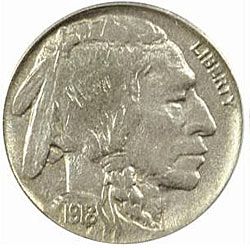As volatile as the stock market can be, many investors have been looking into safer ways to invest their money. So, "alternative investments" have become increasingly popular. An alternative investment is any investment other than the three traditional asset classes: stocks, bonds and cash. But alternative investments don't take the place of those more traditional assets. Investors shouldn't sell their stocks, cash out their savings accounts and put all their money in these less traditional options. Most financial experts agree that alternative investments are best when used to diversify financial portfolios. In other words, instead of putting all of your money in stocks, put some in stocks, some in bonds, and some in alternative investments like hedge funds, private equity, or even fine art and wine.
Historically, many of these alternative investments have been more popular among high-net-worth individuals and institutional investors, such as private endowments. That's because many alternative investments require larger initial investments than stocks or bonds. Also, while it may not be the case with fine art, wine or other collectibles, almost all alternative investments are less liquid than traditional investments, meaning they can't be cashed in as quickly or easily. But despite that, there are some advantages to alternative investments. Read on to find out those advantages, and educate yourself before you dip your toes into those murky waters.
Advertisement




